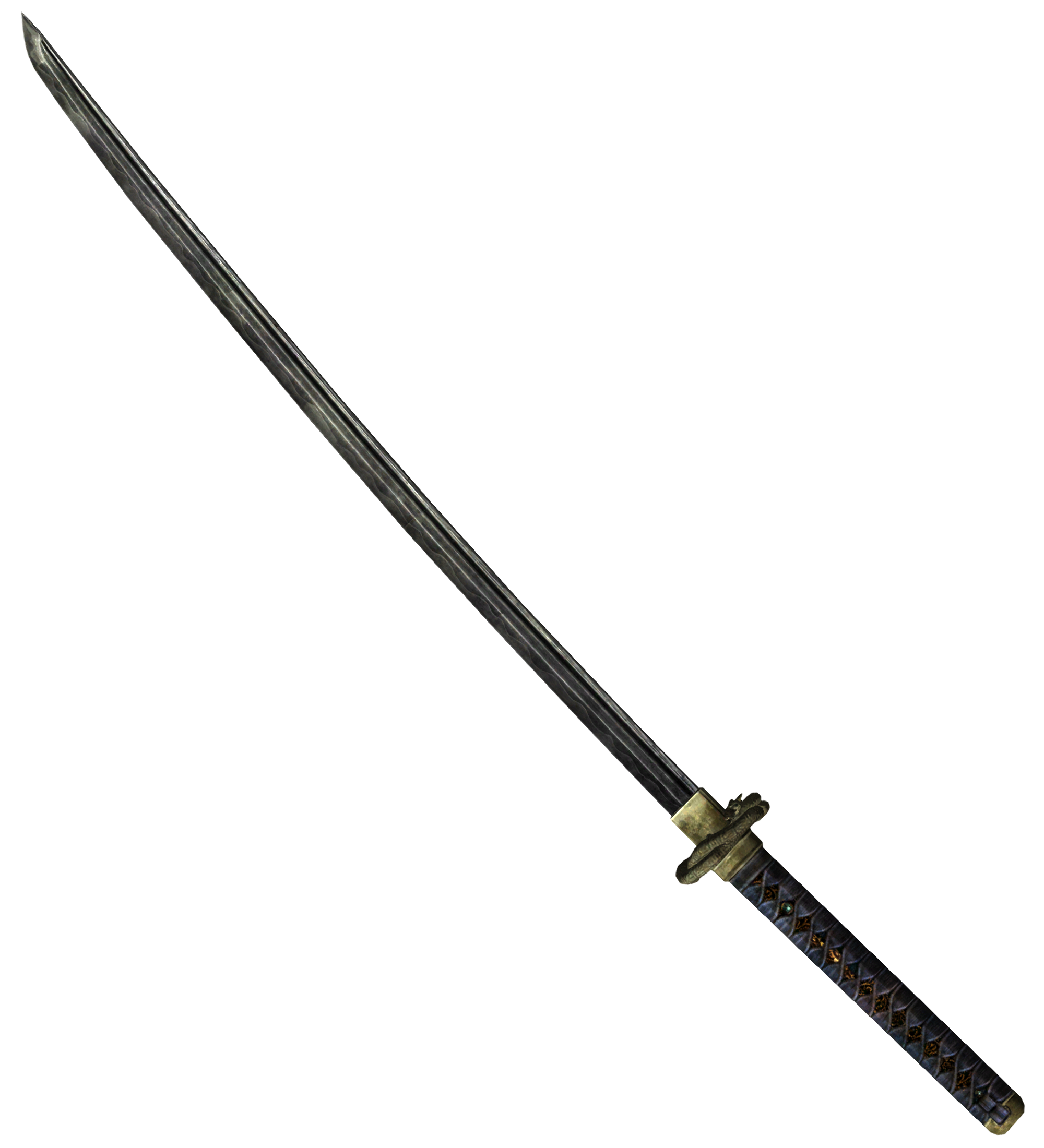

The amount of Stamina available when you execute a power attack and the amount of Stamina consumed by the attack do not influence how much damage is dealt. power attack stamina cost = (40 + weapon weight * 2) * attack cost multiplier * (1 - perk effect) A power attack has a chance of staggering its target and consumes Stamina according to the following formula. They are performed by holding down, instead of tapping, the attack button.

Power attacks can be used to deal extra damage or be more effective against an opponent who is blocking. While there are a number of methods for inflicting damage through combat, there are certain things not governed by skills or magical effects that can alter the amount of damage dealt. Combat Damage Ĭombat damage refers to damage caused directly by either the player, an NPC, or creature.

A detailed list of traps in Skyrim can be found on this page. While adventuring, you will likely encounter a variety of traps and other hazards that can inflict minor or more severe amounts of damage. NPCs cannot drown, even if they remain submerged for long enough that they should. This can be avoided by using a potion or enchanted item with the Waterbreathing effect. If you remain submerged in water for 20 seconds you will begin taking damage at a rate of about 20 damage per second until you surface again for air. The formula using the actual game settings is as follows (adding "NPC" to the end of each setting name when dealing with NPCs): falling damage = ((height - fJumpFallHeightMin) * fJumpFallHeightMult) fJumpFallHeightExponent * modifiers Drowning The formulae given above are based on default settings.

Therefore, using Unrelenting Force and other attacks that may push enemies off a significant height can be an effective method of attack. NPCs take more damage from falling than you do: NPC falling damage = ((height - 450) * 0.1) 1.65 * modifiers Falling damage can be avoided by landing in moderately deep water, by using the Become Ethereal shout before falling, or by being paralyzed on impact (most easily achieved by eating Netch Jelly DB). In general, falling more than three stories is potentially fatal. The graph shows falling damage (without the perk) by height in yards.Ī fall of up to about 9 yards will not hurt you however, the range of heights from which falling will hurt but not kill you is fairly narrow. The second story of a house is about 4 yards up. The internal height units are 64 per yard. The Cushioned Heavy Armor perk reduces falling damage by half. By default, the amount of damage caused by falling is calculated as: Player falling damage = ((height - 600) * 0.1) 1.45 * modifiers The following table shows the damage increases:Įach generic weapon has a material that determines how it is crafted or how it is tempered.Falling from a high place can damage your health or kill you. As the name says, versatile weapons are in-between the two. Light weapons are the opposite with great combo attacks and weak critical hits. Heavy weapons are better in critical hits, but don't have good combo attacks. The different weapon classes have different specialties. Critical hits and combo attacks can be used together and are cumulative. The combo is interrupted when the enemy performs a high block, you are stunned or paralyzed, you attack from the same side twice, or when you stop the attack. The first attack deals normal damage, and every subsequent attack will be faster and deal extra damage. For combo attacks, you need to attack the enemy from alternating sides. To make a critical hit, you need to release your weapon just right when the circle on your screen is full. To make an attack, you release your finger from the screen and the weapon will swing towards the enemy. A red circle will appear and grow quickly. When attacking, hold your weapon on either side of the enemy. The three weapon types and three damage types lead to nine permutations, which generally follow this naming convention:Īll weapons can deal extra damage by performing specific actions. For each weapon material, the damage, speed, condition, and block values are calculated in relation to the heavy variants by factors seen in the table below. Enemies can resist or be weak to these damage types. Additionally, each weapon has one of three damage types: slashing, cleaving, and bashing. Conversely, versatile weapons can be wielded with or without a shield, doing slightly more damage without. Heavy weapons require both hands and cannot be used with a shield. Weapons in blades come in three types: light, versatile, and heavy.


 0 kommentar(er)
0 kommentar(er)
